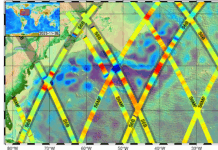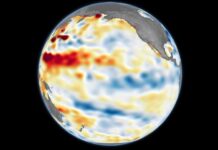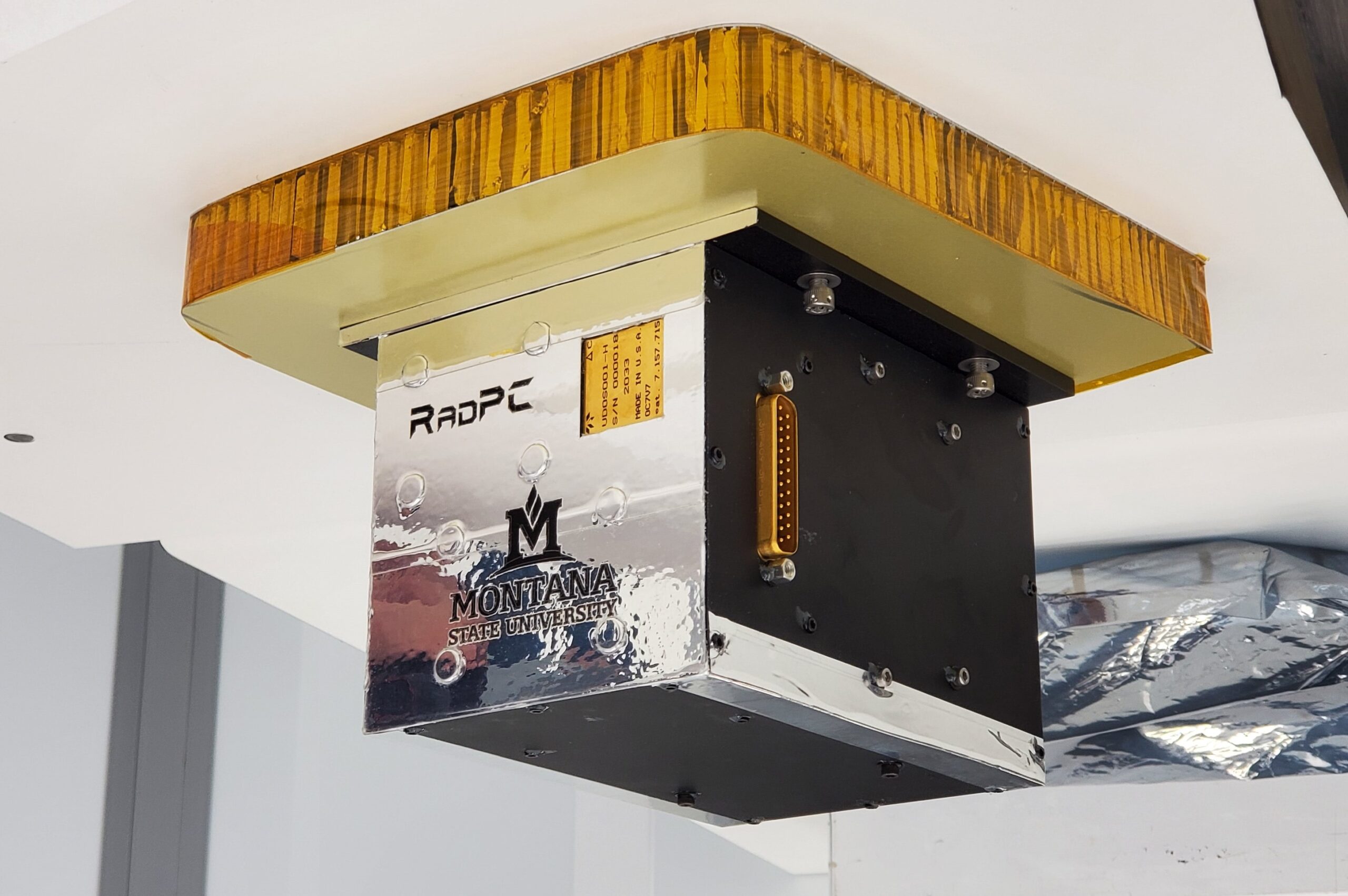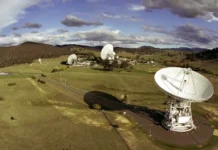Innovative Computer Technology Aims to Enhance Space Exploration
The realm of space exploration is as vast as it is complex, with onboard computers playing a pivotal role in almost every aspect of a spacecraft’s journey. From controlling propulsion and navigation systems to managing life support, retrieving and analyzing scientific data, handling communications, and ensuring safe reentry, these computers are the unsung heroes of space missions. However, they face a significant challenge that comes from beyond our planet: ionizing solar and cosmic radiation.
This radiation can cause a phenomenon known as a “single event effect,” where a high-energy particle disrupts the computer’s normal functioning. Such disruptions can lead to minor data errors that might snowball into major malfunctions, system crashes, and even irreversible damage to the spacecraft’s computer systems. NASA has been on a relentless quest to find cost-effective solutions to mitigate these radiation effects, thereby ensuring the safety and success of its missions.
Introducing the Radiation Tolerant Computer (RadPC)
In a groundbreaking development, NASA is set to test the Radiation Tolerant Computer (RadPC), a new technology demonstration designed to address these radiation challenges. This initiative is part of NASA’s Commercial Lunar Payload Services (CLPS), which involves a series of payloads scheduled to be delivered to the Moon. The RadPC will be transported to the lunar surface aboard Firefly Aerospace’s Blue Ghost 1 lunar lander.
RadPC has been developed by a team of researchers at Montana State University located in Bozeman. The primary goal of this technology is to demonstrate the computer’s ability to recover from faults caused by ionizing radiation’s single event effects. The computer itself is equipped with redundant processors that utilize off-the-shelf integrated circuits known as field programmable gate arrays (FPGAs). These components are akin to small, replaceable tiles that can be reconfigured following a confirmed strike by an ionizing particle. In the event of such a strike, RadPC employs its patented recovery procedures to locate the fault and repair it automatically without interrupting the ongoing mission.
Monitoring Lunar Radiation with Dosimeters
In addition to its primary function, RadPC is equipped with three dosimeters designed to measure varying levels of radiation in the lunar environment. These devices are fine-tuned to different sensitivity levels, allowing them to continuously monitor the interaction between the Earth’s magnetosphere and the solar wind during the spacecraft’s journey to the Moon. Furthermore, they will provide detailed radiation information about the Blue Ghost’s landing site at Mare Crisium. This data is invaluable as it could contribute significantly to the safety of future Artemis astronauts, helping to mitigate radiation exposure risks.
Dennis Harris, who manages the payload for the CLPS initiative at NASA’s Marshall Space Flight Center in Huntsville, Alabama, expresses enthusiasm about the mission. “This is RadPC’s first mission out into the wild, so to speak,” he says. Harris views the RadPC CLPS payload as a promising opportunity to verify a radiation-tolerant computer solution that could make future missions from the Moon to Mars safer and more cost-effective.
Expanding Lunar Exploration through Commercial Partnerships
The Commercial Lunar Payload Services (CLPS) initiative is a strategic move by NASA to foster industry growth and support long-term lunar exploration. By investing in commercial delivery services to the Moon, NASA aims to be one of many customers utilizing these flights, thereby stimulating the commercial space sector. The Marshall Space Flight Center is responsible for managing the development of seven out of the ten CLPS payloads that Firefly’s Blue Ghost lunar lander will carry.
Understanding the Importance of Radiation Tolerance in Space
The challenges posed by space radiation are not new, but the solutions are evolving. Spacecraft computers are constantly at risk from cosmic rays and solar particles, which can wreak havoc on their systems. The introduction of RadPC represents a significant leap towards ensuring that future space missions are not only safer but also more reliable. The ability of RadPC to self-diagnose and repair faults in real-time could mean the difference between mission success and failure.
For those unfamiliar with some of the technical terms, here’s a quick rundown:
– **Field Programmable Gate Arrays (FPGAs):** These are integrated circuits that can be configured by the customer or designer after manufacturing. They are used in a variety of applications and can be reprogrammed to suit different tasks, making them highly versatile.
– **Dosimeters:** Instruments that measure exposure to ionizing radiation. They are crucial for assessing radiation levels in various environments, particularly in space, where radiation exposure is a significant concern.
– **Single Event Effect (SEE):** This refers to a change in state or a transient induced by a single ionizing particle (such as a cosmic ray) striking a sensitive node in a micro-electronic device.
The development and deployment of RadPC underscore NASA’s commitment to advancing space technology and ensuring that humanity’s ventures into space are conducted with the highest safety standards. As we continue to explore the Moon and set our sights on Mars, innovations like RadPC are paving the way for the next generation of space exploration.
For more information about the Commercial Lunar Payload Services and the Artemis program, you can visit NASA’s official website at [NASA CLPS](https://www.nasa.gov/clps). This program, along with Artemis, represents a new chapter in space exploration, focusing on sustainable exploration and the establishment of a lunar economy.
By supporting initiatives like RadPC, NASA not only ensures mission safety but also sets the stage for groundbreaking scientific discoveries that could redefine our understanding of the universe. The efforts to create radiation-tolerant computers are just one piece of the puzzle in making space a more accessible and less hazardous frontier for future generations.
For more Information, Refer to this article.


































